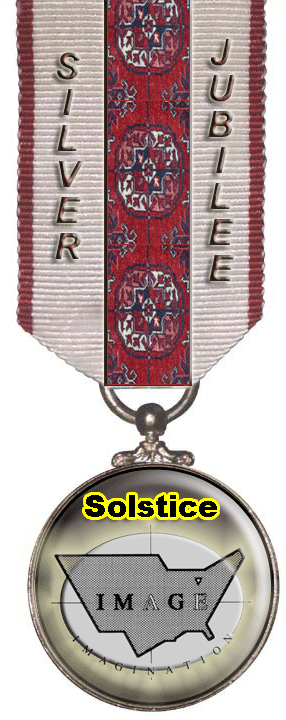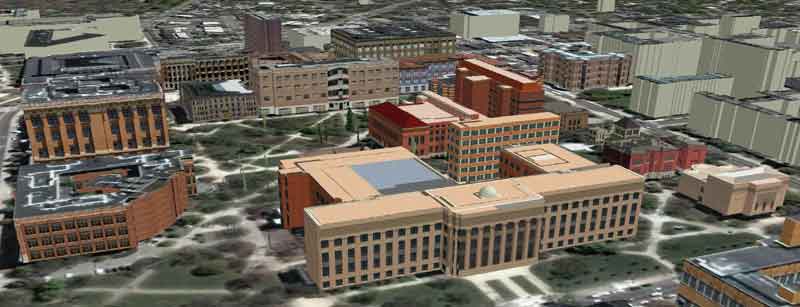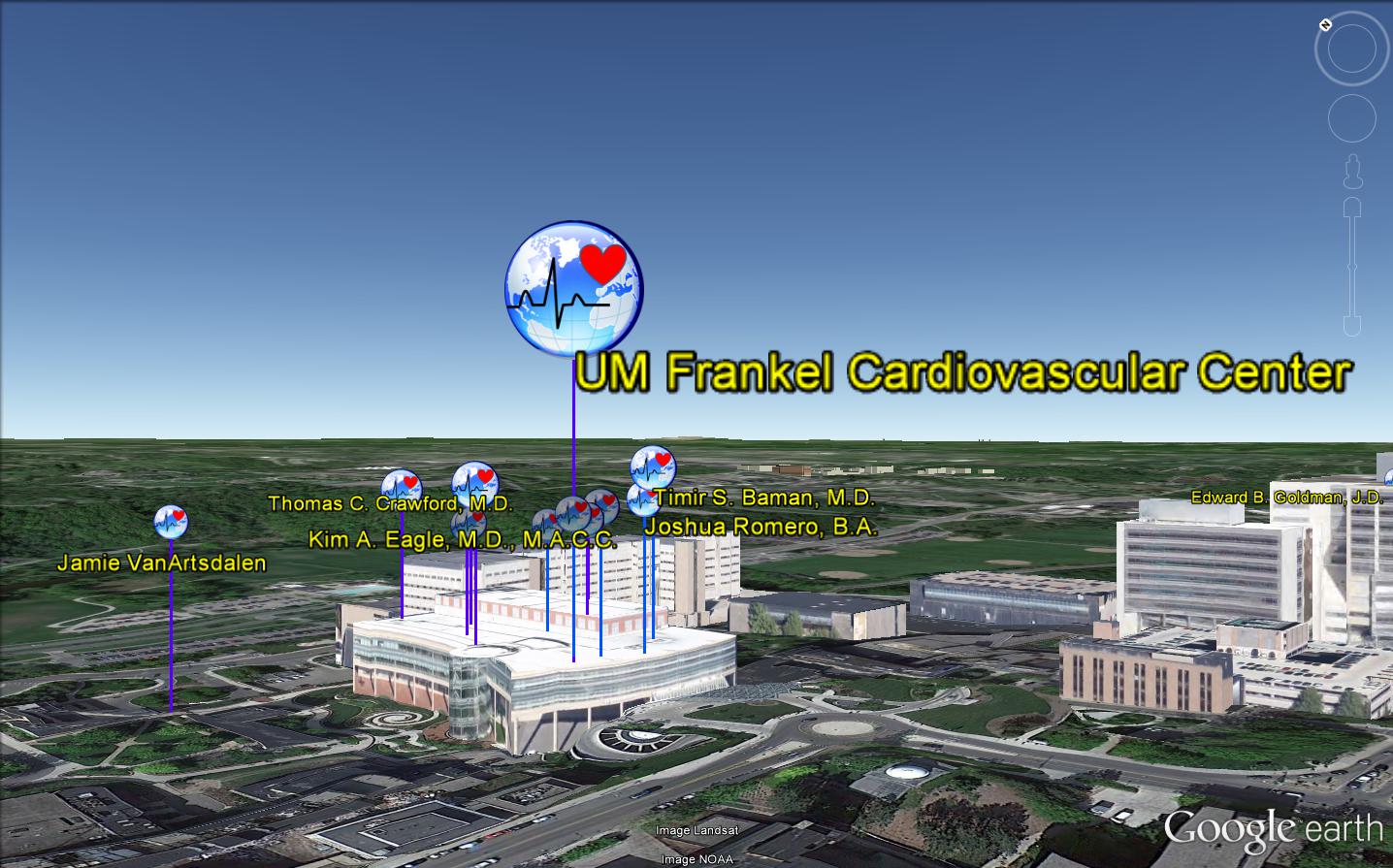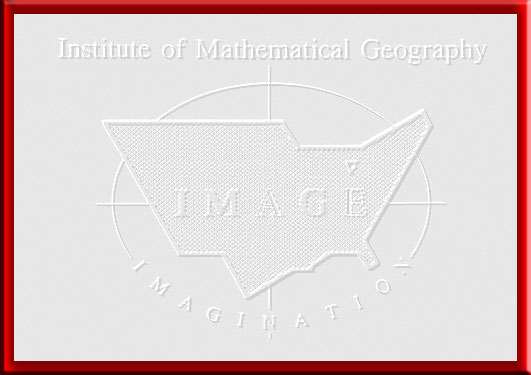|
Introduction
(Reprinted from
the first
article in this series)
A major reason to
publish scholarly research is to share with others
some past and current wisdom so that envisioned plans to be implemented
will be built on a solid foundation. One particularly fascinating
and important cross-disciplinary project that is envisioned involves
the re-use of pacemakers (Project MyHeart/YourHeart,
The University of Michigan Frankel Cardiovascular Center, Eagle, Baman,
and Crawford). The ideal is that pacemakers in the developed
world that fall into disuse (either through death of an individual or
through recommended or voluntary upgrade of a device) but still are (or
may be made to be) functional, could be put to good use in extending
the life of a needy individual in a developing nation. Such
'need' might be evaluated in a variety of ways, but surely excludes
individuals who live in a country with insurance programs to cover
costs.
It might seem simple just to send a pacemaker from one place to
another, as an appropriate 'green' approach to extending life.
There are, however, federal and state regulations regarding the
transport of used medical devices and these do not always fall neatly
into a nested hierarchy of regulations that fit cleanly. There
are matters of device safety, cleanliness, and sterilization.
There are matters of training staff in developing nations to perform
implantation and maintenance of devices according to protocol standards
that are perhaps different from what the local medical population is
accustomed to. In brief, it is a highly complex issue cutting
across the medical, biological, environmental, political, and
death-care fronts. The linked
visual, printed originally in a reference below (Pacemaker Reuse: An Initiative to Alleviate the
Burden of Symptomatic
Bradyarrhythmia in Impoverished Nations Around the World), offers a clear
picture of many of the issues involved in the project.
To achieve the ideals of this project is time-consuming and much needs
to be done according to the agendas and schedules of local and federal
regulatory process at both the developed and the developing nation ends
of the spectrum--rather than at the pace of the scientists. The
gap between ideal/mission creation and implementation is one that can
be filled constructively with continuing scholarly research on various
aspects of the topic. The mechanisms of diffusion from initial
adoptors, as represented by authors of published materials, are
inspired by earlier work of Torsten Hagerstrand.** As the MyHeart / YourHeart
website notes:
Recycle
your Pacemakers!
Our
Ultimate Goal: Recycle used pacemakers once regulator approvals are
obtained. In the meantime, research is being conducted that will lay
the groundwork for this potentially life-saving project.
Each
year 1-2 million individuals worldwide die due to a lack of access to
pacemakers. Meanwhile, almost 90% of individuals with pacemakers would
donate their device to others in need if given the chance.
To see what is
happening in that gap, we offer visualization (using Google Earth) of
where authors of
related articles were located at the time the article was
written.
This simple tracking of the global distribution of interested scholars
points out 'adopters' of the idea who may serve as diffusers within
their realms of contact. Indeed the mere
tracking of the dissemination of interest in the ideals of the project
may, by itself, help to speed
the project along its path from conception to implementation!
Letting those with other than scholarly agendas see that the world of
dedicated researchers is leading the way may move hesitant others
along the path toward acceptance and full whole-hearted support.
Visualization in Google Earth
A Google Earth file
depicts the location of all authors, present on the MyHeart/YourHeart
website as of early November, 2014. That file is available here
to
download:
Save the file on your computer in a
location of your choice. Then, using the free version of Google
Earth (presumably already on your computer; if not, install it if you
wish to look directly at the Google Earth file). Then, open
Google Earth and go to File | Open. Navigate to where you saved
the file. Open it in Google Earth. The start scene should
be similar to the image in Figure 1, below. If it is not, click
on the title at the top of the Frankel Cardiovascular Center
layer. Click on the 3D
Buildings layer to bring up the buildings shown below. |
Figure 1. Start
scene of MHYH02.kmz--linked Google Earth file.
The
first article in this series identified directions for future
development. One of them involved the updating of the Google
Earth file to reflect improvements in the file itself and the
associated proliferation of publications. To those ends, we note
the following:
- Links added to the catalogue of
publications (when available) to online persistent archived materials
in DeepBlue, the persistent archive of The University of Michigan; this
project is also a growing one, at present with two such links.
- New publications, 2014, since the first
article tracking publications were added to the kmz file:
- Heart Rhythm
Society members' views on pacemaker and implantable
cardioverter-defibrillator reuse. Pacing
Clin Electrophysiol. 2014 Aug;37(8):969-77. doi:
10.1111/pace.12418. Epub 2014 May 1.Hughey
AB, Desai
N, Baman
TS, Gakenheimer
L, Hagan
L, Kirkpatrick
JN, Oral
H, Eagle
KA, Crawford
TC.
- Scientific
American: Promoting
Cardiovascular Health Worldwide: Perspective on the 12
Recommendations from the Institute of Medicine.
Edited by Valentin Fuster, Jagat Narula,
Rajesh Vedanthan, Bridget B. Kelly. In
particular, see Recommendation 6: Improve Access to CVD
Diagnostics, Medicines and Technologies, "Delivering Care Where It's
Needed" K. Srinath Reddy, Rajesh Vedanthan, Sylvester Kimalyo, Andrew
B. Hughey, Kim A. Eagle and Thomas C. Crawford. Free download of
monograph is
available.
Updating of the
Google Earth file involves several hours of effort per new article, as
new authors are searched for on the Internet and geocoded placemarks
are inserted on the globe. Once an entry is found, material is
inserted in the Google Earth file in both the list of authors and in
the catalogue of articles (with authors attached). New html code
is written to update materials as needed in each of these situations.
|
List
of publications cited previously and included in the baseline Google
Earth File, MHYH.kmz.
|
| Future updates might
track authors as they move around; other updates will of course be
based on the proliferation of publications. It will be
interesting and perhaps important to track this movement over
time. The current map is a one step beyond the baseline from
which to measure both
infill and expansion, all coming from the diffusion of the innovation
of pacemaker reuse. |
**Torsten
Hagerstrand. 1968. Innovation
Diffusion as a Spatial Process.
Translation and Postscript by Allan Pred. Chicago:
University of Chicago Press.
*Sandra
L. Arlinghaus, Ph.D., is Adjunct Professor of Mathematical Geography
and Population-Environment Dynamics at The University of Michigan
School of Natural Resources and Environment and also Adjunct Professor
at The University of Michigan Institute for Research on Labor,
Employment, and the Economy (Chene Street History Study); Thomas
C. Crawford, M.D., is Clinical Assistant Professor, Internal Medicine -
Cardiology at The University of Michigan Health System; Kim
A. Eagle, M.D., is the Albion
Walter Hewlett Professor of Internal Medicine and Director of the
Samuel and Jean Frankel Cardiovascular Center at The University of
Michigan Health System. |
|
|






